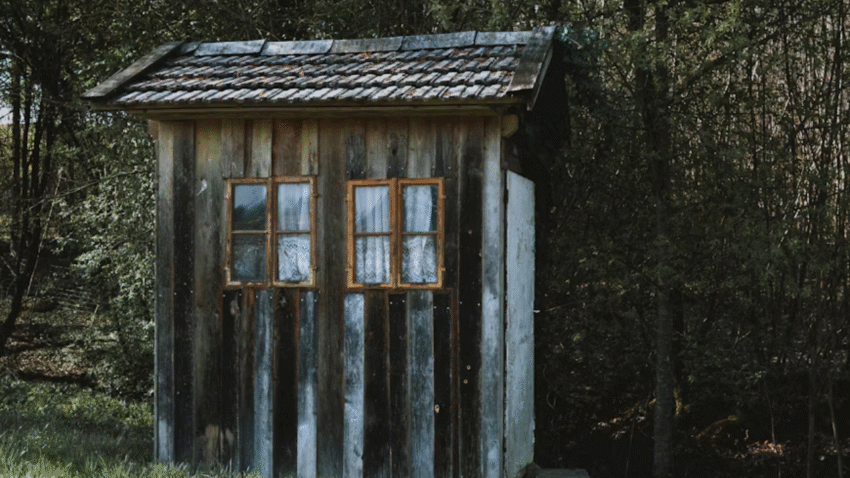Introduction
Is water seeping into your shed whenever it rains? Learning how to prevent shed leaks in heavy rain is essential to protect your tools, equipment, and valuables. A leaky shed can lead to rot, mold, and expensive repairs if left untreated. By sealing gaps, reinforcing your roof, and improving drainage, you can keep your shed completely dry—even during heavy downpours.
Why Preventing Shed Leaks Matters
Sheds are exposed to harsh weather year-round. Without proper waterproofing, rainwater can find its way through the roof, siding, windows, or foundation. Over time, moisture causes wood rot, rust, mold, and damage to stored items. Preventing leaks not only protects your belongings but also extends the life of your shed. A well-sealed shed stays functional, safe, and low-maintenance for years to come.
Step-by-Step Guide to Preventing Shed Leaks in Heavy Rain
1. Inspect the Roof
Look for missing shingles, loose panels, rust spots, or cracks. Any damaged areas should be repaired or replaced immediately, as the roof is the most common source of leaks.
2. Seal All Roof Seams and Fasteners
Use exterior-grade roofing sealant on nail heads, seams, and flashing. Apply fresh caulk or roofing tar to any gaps where water could seep in.
3. Check and Clean Gutters
Clogged gutters cause water to overflow onto walls and the shed foundation. Clean gutters regularly and ensure downspouts direct water several feet away from the shed.
4. Inspect Doors and Windows
Look for gaps around frames. Add weatherstripping or caulk to seal openings. Replace cracked or broken panes, and ensure doors close tightly.
5. Fix Siding and Wall Gaps
Replace warped panels or cracked boards. Use exterior caulk to seal seams and corners where water may enter.
6. Improve Drainage Around the Shed
If water pools near the shed, add gravel or a French drain to redirect runoff. Position downspouts to flow away from the foundation.
7. Install a Vapor Barrier
If your shed sits on a wooden floor, install a heavy-duty plastic sheet underneath to block ground moisture.
8. Repaint or Reseal the Exterior
A high-quality, weather-resistant paint or sealant creates an extra barrier against rain.
9. Test with a Hose
After sealing, spray the shed with a hose to check for leaks. Identify any problem areas and reseal if necessary.
Common Mistakes to Avoid
- Only Fixing Leaks After They Happen
Solution: Perform preventative maintenance before heavy rain arrives. - Using Interior Caulk Only
Solution: Always use exterior-grade sealant that can withstand weather exposure. - Ignoring Drainage Issues
Solution: Good drainage prevents water from pooling around the shed base. - Neglecting Gutter Maintenance
Solution: Clean and secure gutters regularly to prevent overflow. - Skipping Roof Inspections
Solution: Check your roof twice a year for early signs of damage.
Extra Shed Tips & Hacks
- Install Roofing Felt: Adding felt under shingles provides extra leak protection.
- Use Storm Straps on Roof Panels: Prevents panels from loosening in strong winds and rain.
- Keep Nearby Trees Trimmed: Overhanging branches can drop leaves and clog gutters.
For more weatherproofing tips, check out our guide on how to weatherproof new shed construction.
Conclusion
Preventing leaks in your shed during heavy rain is all about preparation. By inspecting and sealing weak points, maintaining your roof and gutters, and improving drainage, you’ll protect both your shed and everything inside it.
A few hours of preventative work can save you from costly repairs and water damage in the future.
Bookmark this guide and keep your shed dry and protected all year round!
